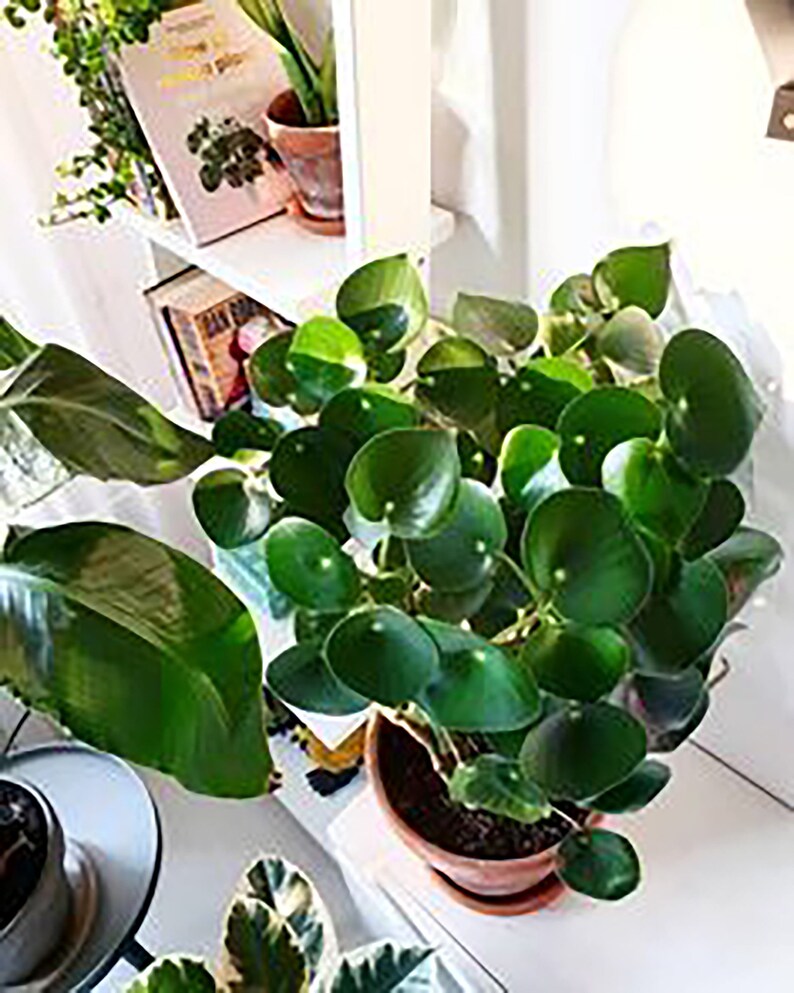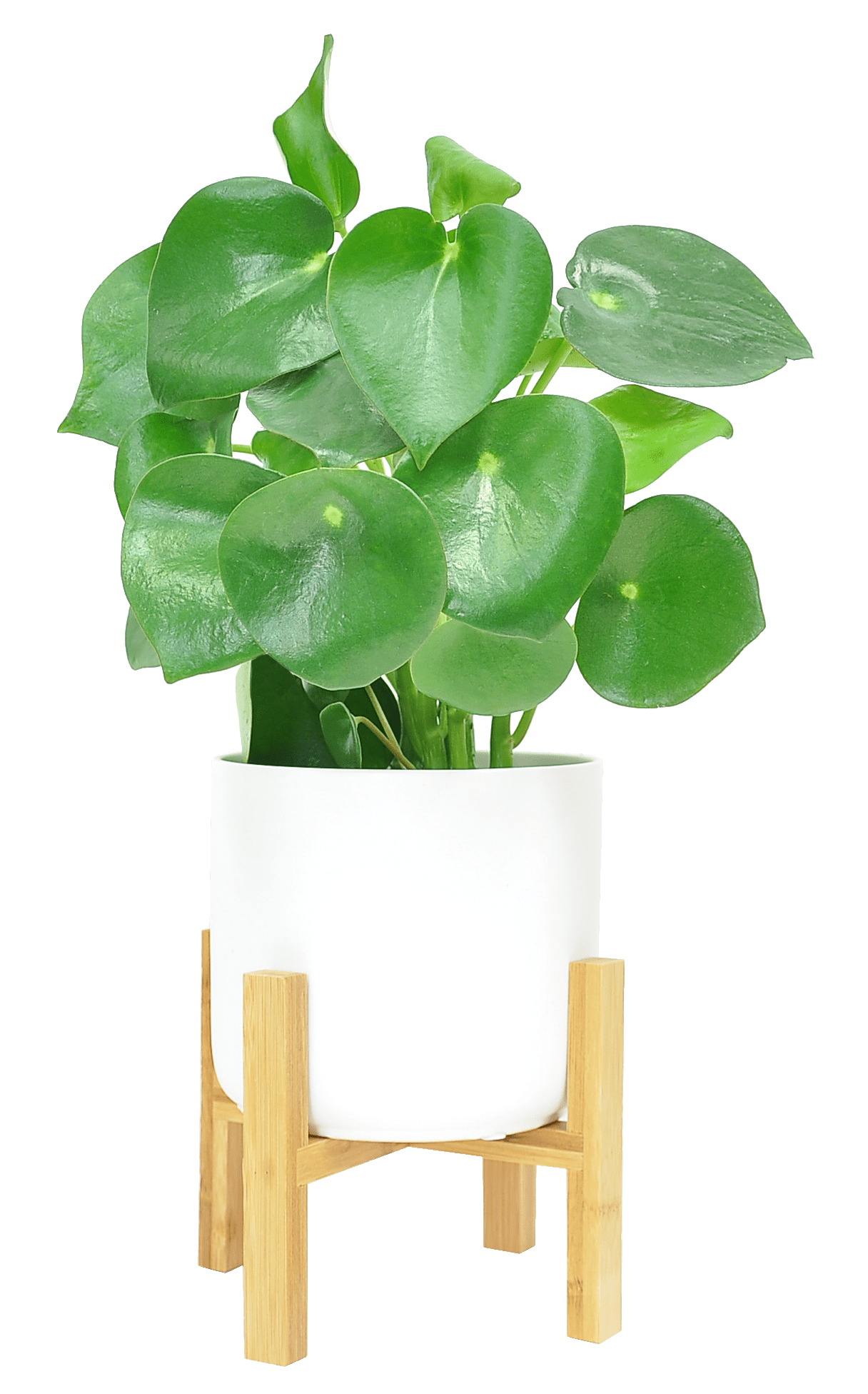
Most indoor environments can achieve such humidity naturally at different seasons of the year. Growing a beautiful Raindrop Peperomia requires humidity levels between 40%-50%. Its deep-green foliage is also a signal that the plant prefers high humidity.


Below the canopies, the plant enjoys high humidity from the many streams and protection from direct sun or wind. The Raindrop Peperomia is a native of the thick and wet rain forests of South America. Once you have found the right balance between these elements, your Raindrop Peperomia will thrive. Wind blowing around the plant also results in extensive evaporation, draining most of the soil’s water. High temperatures and low humidity will demand more watering. Watering is also affected by humidity, temperature, and air circulation. Root rot can only be cured through repotting, which we will cover later on, but the Raindrop Peperomia with its delicate leaves will not take it easy. Luckily, it takes a while before the plant can wilt from under-watering because the leaves and stalk store a lot of water. On the other hand, overwatering will result in root rot, which could kill your plant fast. Under-watering or overwatering the Raindrop Peperomia will result in wilting. Fluoride or chlorine in the water will affect the availability of some of the chemicals.
RAINDROP PLANT FREE
The water should be free of chemicals that may suffocate your soil. Use distilled, filtered, rainwater, or aged water instead of tap water. As a result, appropriate water quality is crucial during maintenance. The succulent leaves and stems also store water that allows this species to go for days without water.īecause the Raindrop Peperomia requires so many nutrients from the water, it is dependent on it. Reduce the amount of water during spring and winter. Though the plant does not shed the leaves, it goes into a dormant phase where a lot of water or fertilizer is not needed. You don’t want your Peperomia dammed up with too much liquid because it can suffocate Make sure that there are drainage holes at the bottom to let out excess water after watering. In other words, the larger the container, the more quantity of water would be required.
RAINDROP PLANT PLUS
The amount of watering needed for the Raindrop Peperomia will also depend on your container’s size plus the amount of soil used for potting. If the soil is waterlogged, you will begin having problems with root rot. Make sure the water is evenly distributed and that the top 2 inches of soil are allowed to dry before watering again. However, the amount of water must be complemented with well-draining soil. Once per week, water your Raindrop Peperomia. In fact, some gardeners prefer to grow it entirely on water, meaning that it loves being hydrated. It, therefore, requires regular watering to both thrive and produce the lush green leaves. Raindrop Peperomia is a native of Peru and Colombia, some of the most humid places on earth.

Please note: the stems on the Pilea are very fragile and despite our best efforts, some may snap during transit. Native to east Asia this succulent has smooth, round, fleshy, mid-green leaves on long stalks which makes him a super cool must have. Pilea Peperomioides is a fun and very much on-trend house plant.


 0 kommentar(er)
0 kommentar(er)
